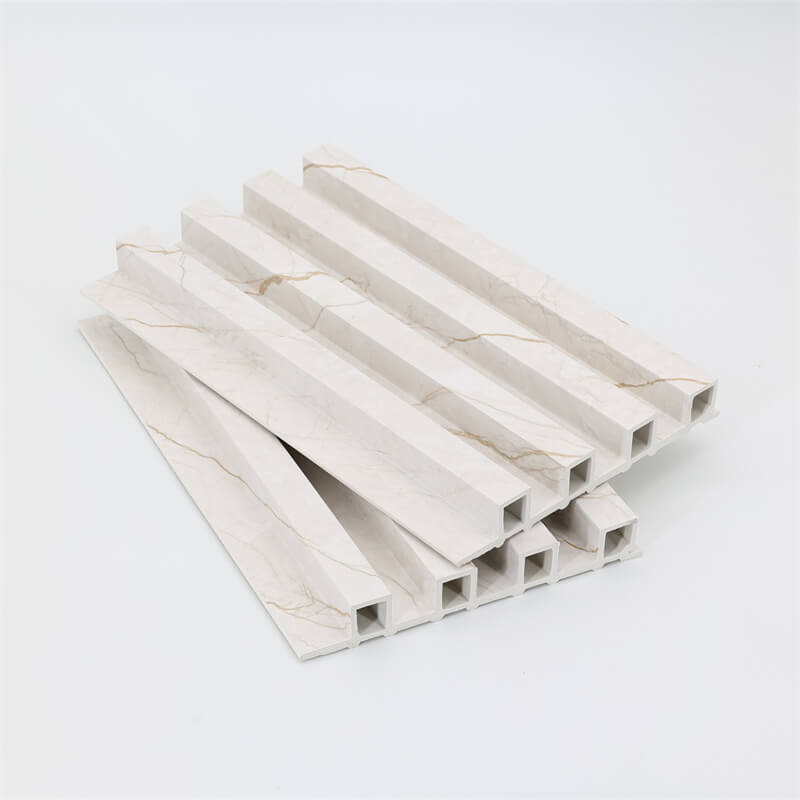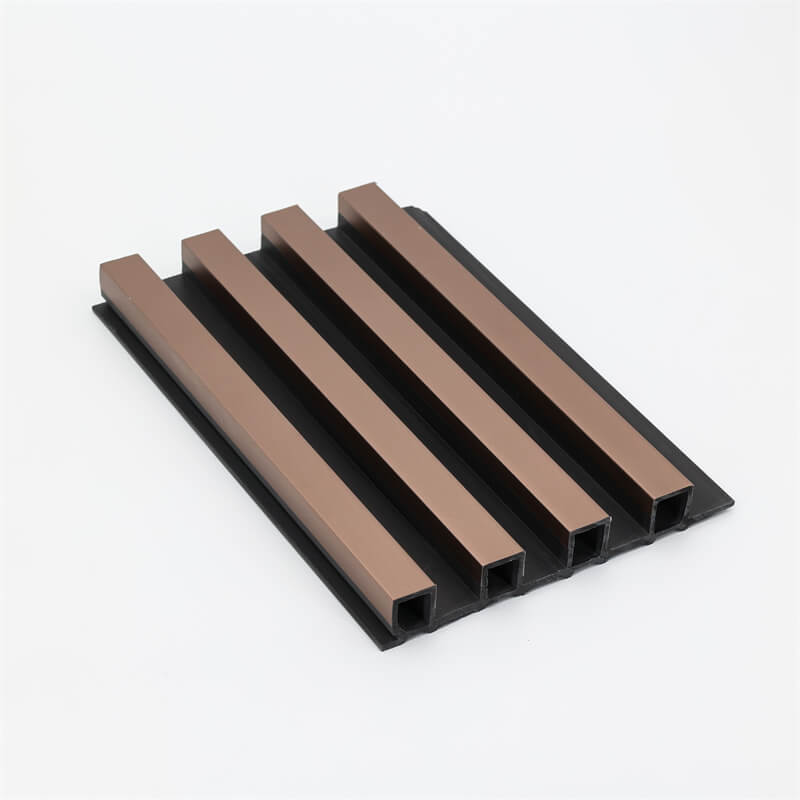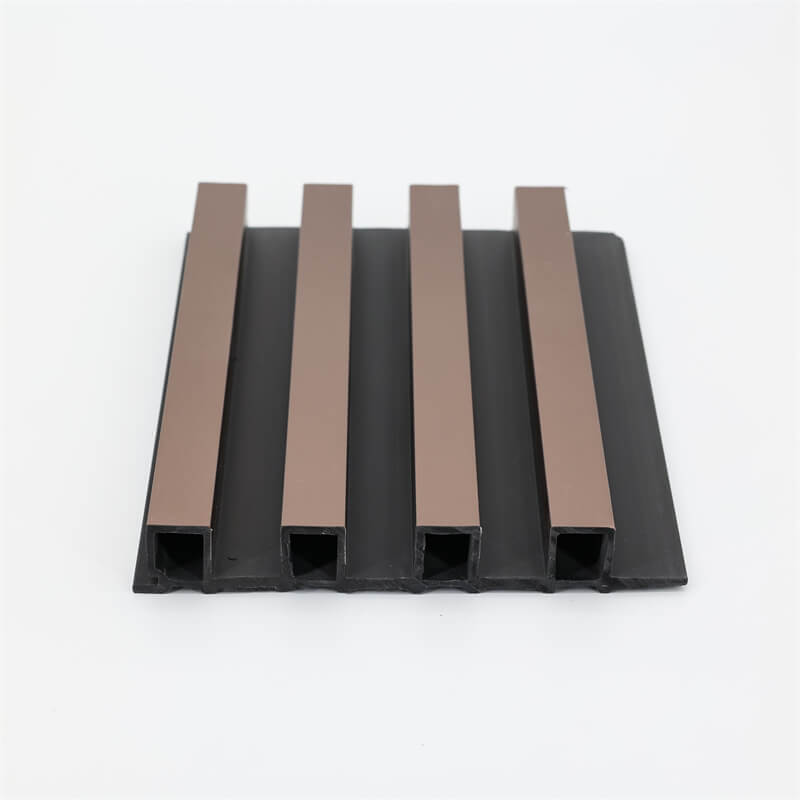
In the pursuit of sustainable construction practices, the building industry is continually exploring innovative materials that offer both functionality and environmental benefits.
Wood-Plastic Composite (WPC) wall panels have emerged as a sustainable solution that aligns with these objectives.
By combining the properties of wood fibers or flour with thermoplastics, WPC wall panels provide an eco-friendly alternative to traditional wall cladding materials.
This article will explore the advantages of WPC wall panels in modern construction.
We will delve into four key aspects: their environmental friendliness and resource conservation, durability and low maintenance, design versatility and aesthetic appeal,
and their contribution to improved indoor air quality and health.
By understanding these benefits, architects, builders, and homeowners can make informed decisions about integrating WPC wall panels into their projects.

Environmental Friendliness and Resource Conservation
WPC wall panels offer a sustainable solution for the construction industry.
One of their significant advantages lies in their environmental friendliness and resource conservation.
These panels are typically made from a combination of wood fibers or flour derived from waste wood and thermoplastics, often sourced from recycled materials.
By utilizing recycled content, WPC wall panels reduce the demand for virgin materials and help minimize waste.
Furthermore, they provide an alternative to traditional wood-based wall cladding materials, contributing to the preservation of natural resources and the reduction of deforestation.
Durability and Low Maintenance
When it comes to construction materials, durability and low maintenance are paramount.
WPC wall panels excel in both these aspects, making them an attractive choice for modern construction projects.
Thanks to their composition of wood fibers and thermoplastics, these panels exhibit exceptional resistance to moisture, rot, and pests that commonly plague traditional wood-based materials.
This inherent durability ensures that WPC wall panels retain their structural integrity and aesthetics over an extended period, reducing the need for frequent repairs or replacements.
Additionally, WPC panels require minimal maintenance. Unlike wood, they do not need periodic sealing, painting, or staining.
Regular cleaning with mild soap and water is sufficient to maintain their appearance, saving both time and effort.

Design Versatility and Aesthetic Appeal
In addition to their functional benefits, WPC wall panels offer a range of design possibilities and aesthetic appeal.
These panels can be manufactured in various textures, finishes, and colors, allowing architects and designers to unleash their creativity.
Whether the project calls for a contemporary, rustic, or traditional look, WPC wall panels can be customized to suit diverse design preferences.
The consistent size and shape of the panels facilitate easy installation, resulting in a seamless finish that enhances the overall aesthetics of the space.
WPC wall panels, with their versatility and beauty, provide an opportunity to create visually striking and modern architectural designs.
Improved Indoor Air Quality and Health
Indoor air quality is a significant concern in modern construction, as poor air quality can lead to various health issues.
Unlike some traditional building materials, WPC wall panels do not emit harmful volatile organic compounds (VOCs) or formaldehyde.
This makes them a healthier choice for interior spaces, particularly in residential buildings, schools, and healthcare facilities.
The absence of VOC emissions ensures that the indoor environment remains free from pollutants, contributing to a healthier and more comfortable living or working environment.
By selecting WPC wall panels, architects and homeowners can promote the well-being of occupants and create spaces that prioritize their health.
WPC wall panels offer numerous advantages, making them a sustainable solution for modern construction.
Their environmental friendliness, durability, low maintenance requirements, design versatility, and contribution to improved indoor air quality make them an attractive choice for architects, builders, and homeowners alike.
By embracing this innovative material, we can build
